We all know how important recycling is. But did you know that if you don’t recycle the right way, you could be doing more harm than good? :O
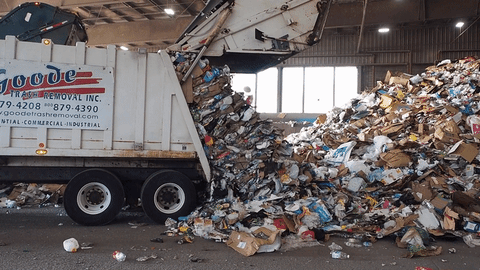
Every year, tonnes of plastic, paper, and glass end up in landfills instead of getting recycled.
One of the main reasons is because of recycling contamination – when materials are sorted into the wrong recycling bin, or when materials are not properly cleaned, such as food residue in a plastic container. The sad thing is that recycling contamination can often lead to a whole batch of materials, not just one container, being discarded as waste.
Thankfully, we can all make a difference just by recycling the proper way.
Here are a few common recycling mistakes you should avoid:
1. Not knowing what packaging symbols mean
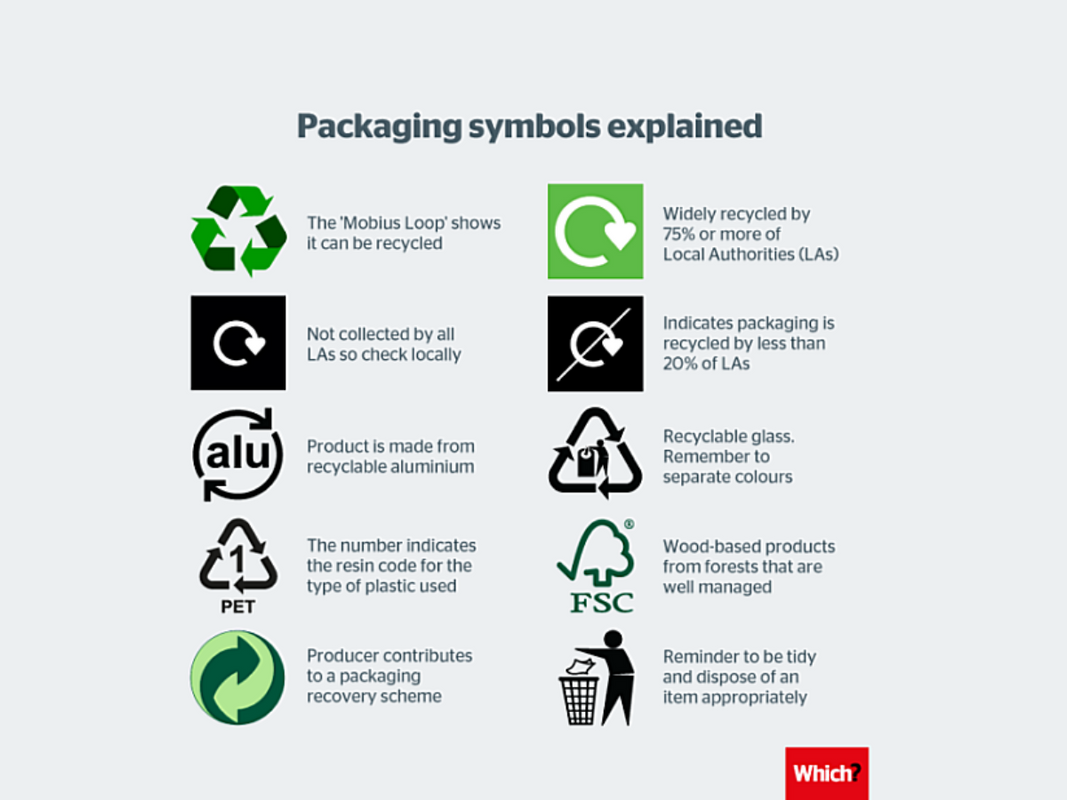
Ever noticed these symbols on your bottles or food packaging? Not only do they tell you whether the packaging is recyclable, the symbols also give you information on the material you’re recycling.
For instance, anything you see with the ‘Mobius Loop’ can be recycled. However, if your packaging does not show the ‘Mobius Loop’, or recycling logo, there’s a high chance that it’s not recyclable.
2. Thinking that all plastic is recyclable
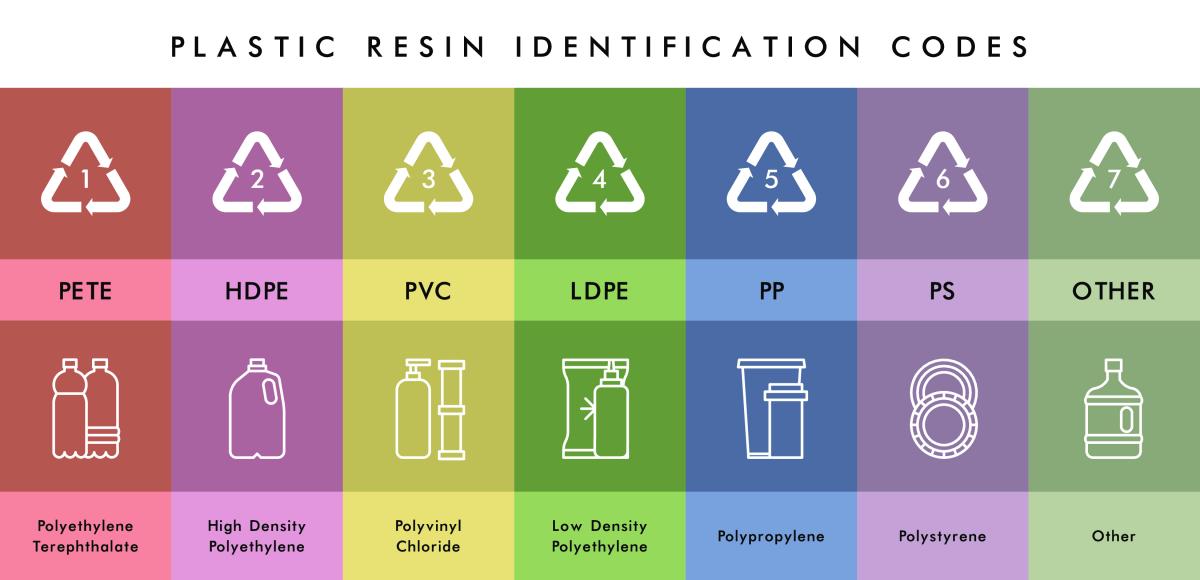
If you look at the bottom of your plastic container, plastic cup, or dishwasher, you’ll probably see one of these numbered symbols. What these numbers tell you is the type of plastic used. However, not all plastics are created equal.
Usually, plastics numbered 1, 2, and 5 are easily recyclable. For those numbered 3, 4, and 6, they are only accepted at certain recycling plants. Plastics numbered 7 are not recyclable.
3. Leaving liquid or food residue on recyclables
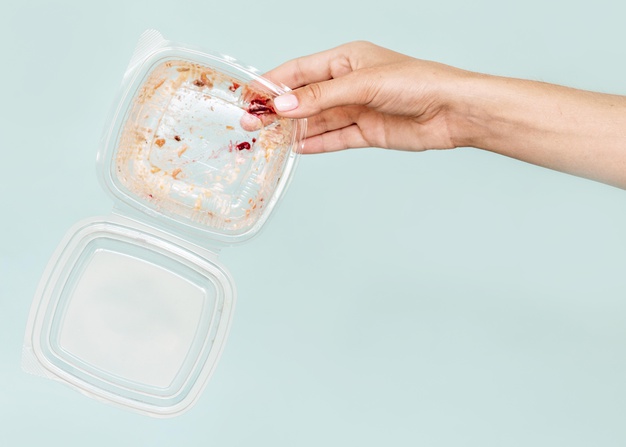
One of the most common mistakes that leads to recycling contamination is when people don’t clean off the grease or food residue on plastic containers, pizza boxes, and yoghurt cups. Leaving excess liquid in bottles and cans may also affect the recycling process.
That’s why it’s important to always rinse and dry your recyclables before you throw them into the bin. You are also advised to remove bottle caps to ensure no liquid is trapped within the bottles.
4. Not separating your recyclables
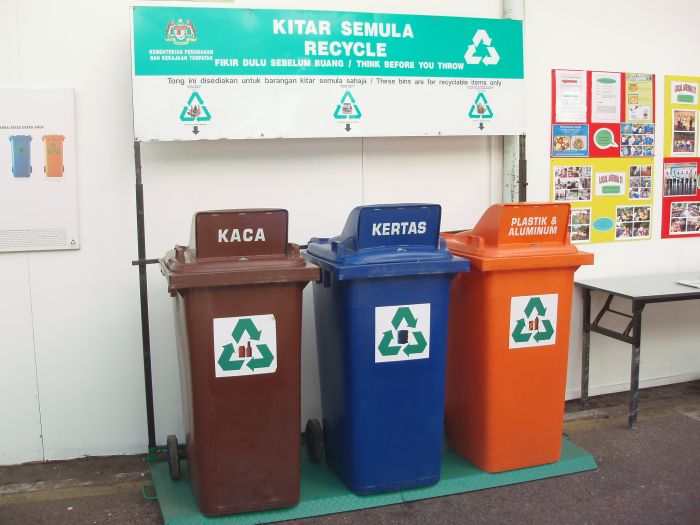
While we’ve been taught to separate kaca, plastik, and kertas since we were young, some people still get it wrong. When in doubt, read the symbols because this will save the recycling plants a lot of trouble later on!
One thing to note is that some packaging may contain multiple materials. For instance, a soft drink glass bottle may consist of three materials – a metal bottle cap, a glass bottle, and a paper wrapper. In this case, you’ll want to separate these materials and recycle them accordingly.
What if I’m not sure whether the material is recyclable?
Sometimes we may simply recycle items, with the hopes that it will somehow reach the correct recycling plant. Usually, this kind of ‘aspirational recycling’ behaviour can contribute to recycling contamination. That’s why it’s always better to check before recycling, especially when you’re not sure. 🙂
To help make recycling more straightforward for consumers, Nestlé Malaysia has come up with easy-to-understand recycling tips on all of their packaging
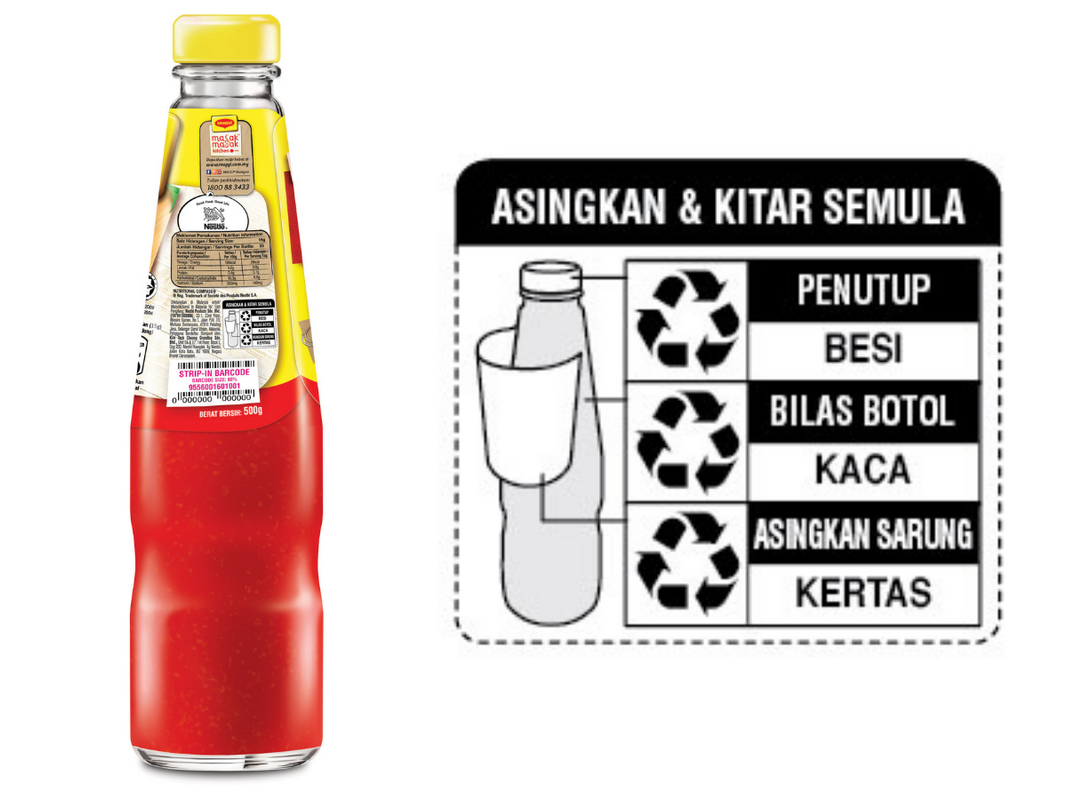
Sometimes, it’s a hassle for consumers to interpret the symbols on product packaging, and unfortunately this may discourage them from correctly disposing their packaging. That’s why in 2020, Nestlé Malaysia introduced the on-pack Recycling Guide Box to make recycling so much easier for everyone!
With a user-friendly and consistent labelling system across brands and categories, Nestlé Malaysia aims to clearly communicate the recyclability of each component of packaging, as well as into which bin they belong. They are hoping to have this recycling guide on 80% of their product packaging by 2021.
Watch their video below and learn how to recycle by separating your waste:
On top of that, more than two thirds of their total plastic packaging is designed for recycling, and they have converted multi-layer packaging to 100% recyclable mono-material. Nestlé Malaysia has also removed up to 98% of problematic plastics that are difficult to recycle, such as Polystyrene and PVC.
Since 2008, the company has reduced more than 2,570 tonnes of plastic packaging. At Nestlé Malaysia work sites, they have also completely eliminated the use of single-use plastics since October 2019.
Recently, Nestlé Malaysia partnered with the Petaling Jaya City Council (MBPJ) to encourage good recycling habits among local communities
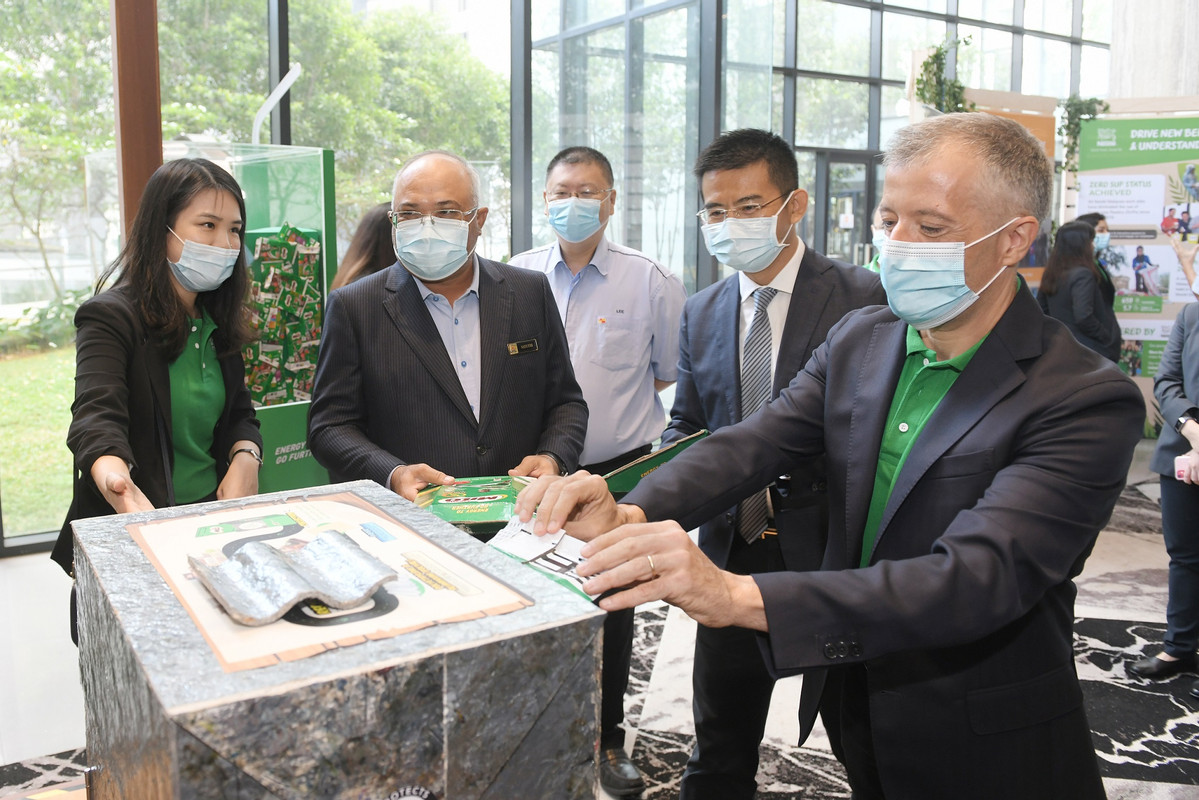
In line with the company’s efforts to shape a waste-free future, this project will add new and improve existing kerbside collection for recycling in Bandar Sri Damansara and Ara Damansara, benefitting over 13,000 households.
Besides that, Nestlé Malaysia previously launched a recycling collection programme in People’s Housing Project (PPR) Lembah Subang 1 in Taman Putra Damai, together with waste separation and recycling solution provider, iCycle.
Nestlé Malaysia has also been doing its part for a more sustainable and greener future
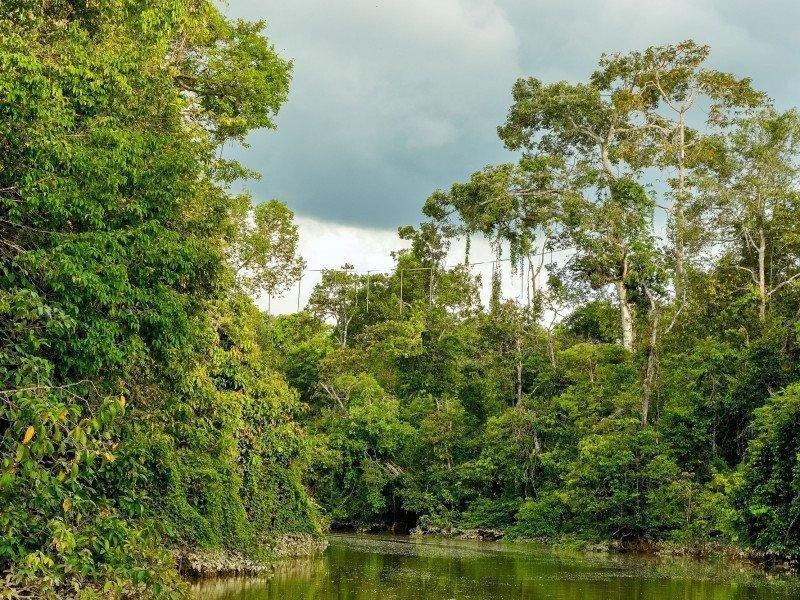
Nestlé is committed to planting three million trees in the next three years through Project RELeaf, a reforestation initiative across the Kinabatangan Wetlands and Merisuli Forest Restoration areas in Sabah, as well as in forest reserves along the Central Forest Spine in Peninsular Malaysia.
These forest reserves provide sanctuary for a great diversity of flora and fauna, including threatened wildlife such as orang utans, proboscis monkeys, Asian elephants, Malayan tigers, sun bears, and tapirs.

Besides that, Nestlé equips local farmers with the good agricultural practices to produce greater yielding high-quality crops, while helping them make a sustainable income.
Here are a few of their sustainable farming efforts:
Established in 2012, this programme has benefitted 225 local paddy farmers in Kedah, covering more than 654 hectares of paddy fields. In addition, the programme contributes to environmental sustainability through promoting efficient usage of water and reduction of carbon emissions.
For over 25 years, Nestlé Malaysia has been working with local chilli farmers to support their business growth. First set up in Kelantan, the NESTLÉ CHILLI CLUB has since expanded to Dungun, Terengganu, and more recently, Kuala Langat, Selangor, involving 76 farmers in over 62 hectares of land.
As part of their global commitment to ensure that 100% of their coffee beans are responsibly-sourced and sustainably-certified by 2025, NESCAFÉ GROWN RESPECTFULLY was launched in 2019 in Malaysia. The programme supports farmers at every stage of the coffee farming process, from sharing knowledge to providing training and technical assistance.
With a mission to reduce their impact on the environment, Nestlé Malaysia has also come up with efforts to reduce water consumption and CO2 emission

All six of Nestlé’s factories in Malaysia have zero waste to landfill status. Their packaging waste is sorted at source and set for recycling, while organic waste is converted into animal feed or organic fertilisers. 100% of the wastewater from their factories is also treated before discharge using biological treatment.
To reduce carbon emission, Nestlé Malaysia also fully implemented Project Double in 2018, a logistics optimisation programme that reduced carbon emission by 3,000 tonnes. The programme also helped increase warehouse intensity by up to 20% and reduce the use of trucks by 35%.
All in all, we can make a difference and work towards a waste-free future by being mindful of what we use and the way we recycle
Find out more about Nestlé Malaysia’s initiatives on their website today.


